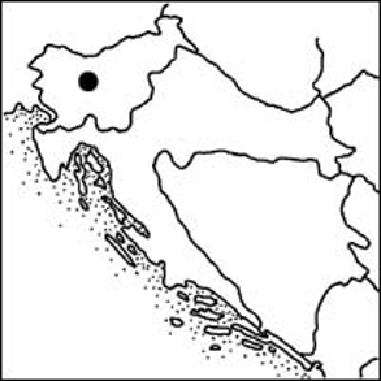Travel Reference
In-Depth Information
Ljubljana feels smaller than its population of 270,000. The castle perched on the hill
over town, and several clusters of good museums that try hard but have only so much to
say, do their best to please sightseers. But ultimately, this town is all about ambience. The
cobbled core of Ljubljana is an idyllic place that sometimes feels too good to be true. The
cityscape is slathered with one-of-a-kind architecture, festivals fill the summer, and people
enjoy a Sunday stroll any day of the week. Fashion boutiques and al fresco cafés jockey for
control of the Old Town, while the leafy riverside promenade crawls with stylishly dressed
students sipping
kava
and polishing their near-perfect English. Laid-back Ljubljana is the
kind of place where graffiti and crumbling buildings seem elegantly atmospheric instead of
shoddy. But more and more of those buildings have been getting a facelift recently, as a
spunky mayor has been spiffing up the place and creating gleaming traffic-free zones left
and right—making what was already an exceptionally livable city into a true pedestrians'
paradise.
Batted around by history, Ljubljana has seen cultural influences from all sides—most
notably Prague, Vienna, and Venice. This has left the city a happy hodgepodge of cultures.
Being the midpoint between the Slavic, Germanic, and Italian worlds gives Ljubljana a spe-
cial spice. People often ask me: What's the “next Prague”? And I have to answer Kraków.
But Ljubljana is the
next
“next Prague.”

